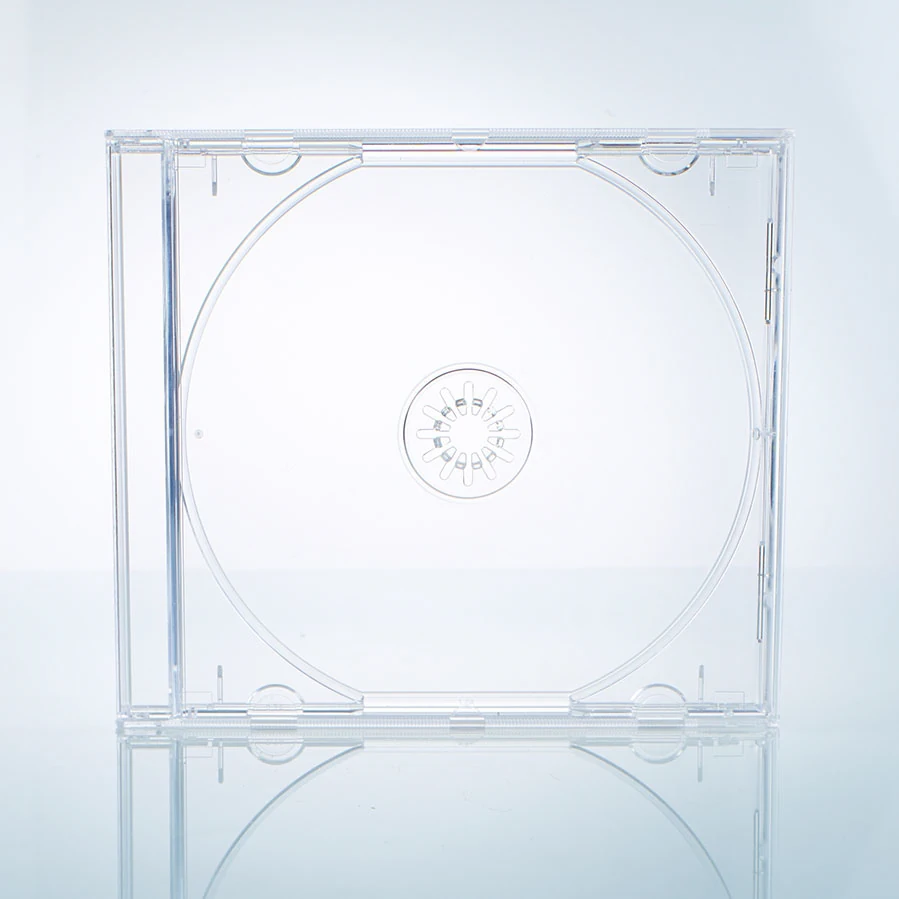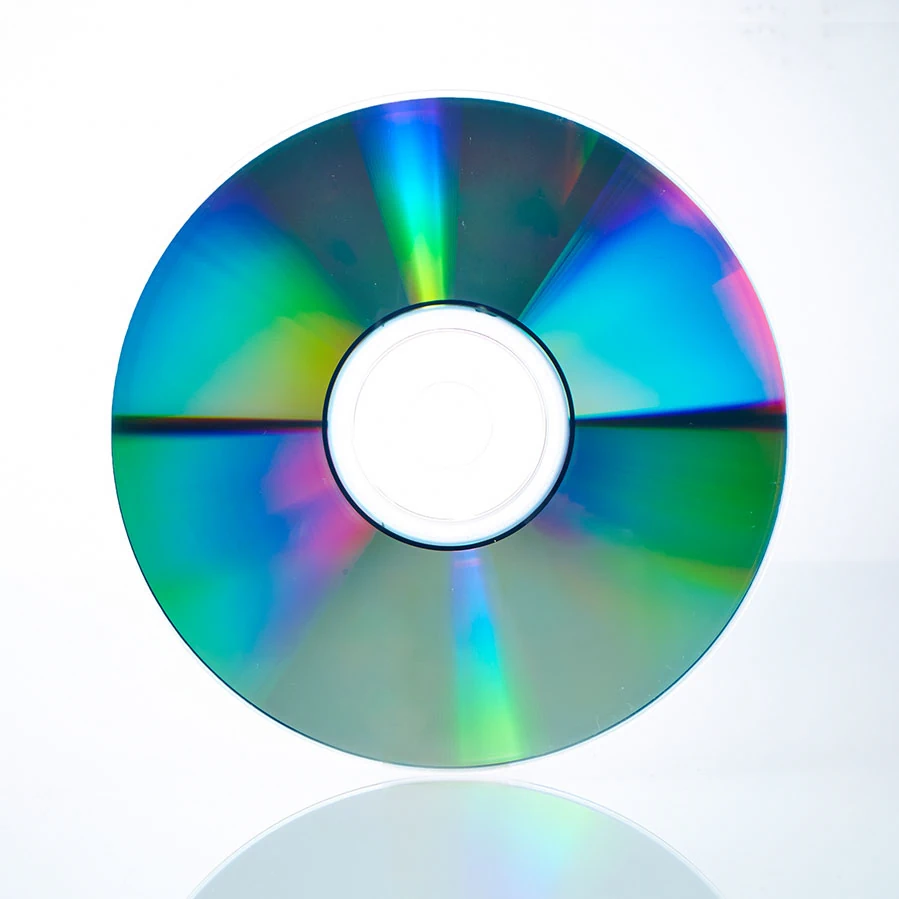Joseph Martin Kraus: Symphonien C-Dur,F-Dur,A-Dur (VB 138,130,128) auf CD
Symphonien C-Dur,F-Dur,A-Dur (VB 138,130,128)
Herkömmliche CD, die mit allen CD-Playern und Computerlaufwerken, aber auch mit den meisten SACD- oder Multiplayern abspielbar ist.
Lassen Sie sich über unseren eCourier benachrichtigen, falls das Produkt bestellt werden kann.
+Sinfonia buffa VB 129
- Künstler:
- Schwedisches Kammerorchester, Petter Sundkvist
- Label:
- Naxos
- Aufnahmejahr ca.:
- 1998
- UPC/EAN:
- 0636943447222
- Erscheinungstermin:
- 19.4.1999
- Serie:
- Naxos 18th Century Classics
Ähnliche Artikel
Als Komponist kann Kraus als einer der innovativsten des ganzen Jahrhunderts angesehen werden. Seine früheste Ausbildung brachte ihm den italienischen Stil der Mannheimer Komponisten, die kontrapunktische Strenge von Franz Xaver Richter und J. S. Bach sowie den dramatischen Stil von C. P.E. Bach, Gluck und Grétry. Der vielseitig begabte Komponist war auch Theoretiker, Pädagoge und Autor (ein Buch der Poesie und eine Tragödie). Sein Kompositionsstil zeichnet sich durch das Unerwartete und Dramatische aus, und es überrascht daher nicht, viele zukunftsweisende Stilmittel zu finden, die die Musik des nächsten Jahrhunderts vorwegnehmen.
Kraus begann in seiner Jugend mit dem Komponieren von Symphonien und vollendete seine letzte Symphonie nur wenige Monate vor seinem Tod. Insgesamt sind etwa vierzehn Werke dieser Gattung überliefert, obwohl es Anzeichen dafür gibt, dass dies nur ein Bruchteil der Gesamtzahl ist. Tatsächlich sind sechs in Göttingen geschriebene und in seiner Korrespondenz beschriebene Sinfonien sowie Werkgruppen aus Buchen, Mannheim und Paris verloren gegangen. Was jedoch überliefert ist, deutet darauf hin, dass den Werken ein starkes dramatisches Element innewohnt, so dass sie mehr theatralisch als nur massenproduzierte Konzertwerke sind.
Product Information
As a composer, Kraus can be seen as one of the most innovative of the entire century. His earliest training brought him the Italian style of the Mannheim composers, the contrapuntal rigour of Franz Xaver Richter and J. S. Bach, as well as the dramatic style of C. P.E. Bach, Gluck, and Grétry. A man of many talents, the composer was also theorist, pedagogue and author (a book of poetry and a tragedy). His compositional style features the unexpected and the dramatic and it is no surprise, therefore, to find many forward-looking stylistic devices that anticipate music of the next century.
Kraus began composing symphonies during his youth, and completed his last only a few months before his death. In all some fourteen works in this genre survive, although there are indications that this is only a fraction of the total. Indeed six symphonies written in Göttingen and described in his correspondence have been lost, as have groups of works from Buchen, Mannheim and Paris. What has survived, though, indicates that a strong dramatic element infuses the works, making them more theatrical than simply mass-produced concert works.
Disk 1 von 1 (CD)
-
1 Symphony in C major, VB 138, "Violin obligato": I. Adagio - Allegro
-
2 Symphony in C major, VB 138, "Violin obligato": II. Andante
-
3 Symphony In C Major, Vb 138, "violin Obligato": Iii. Allegro
-
4 Symphony in F major, VB 130: I. Allegro
-
5 Symphony in F major, VB 130: II. Andante
-
6 Symphony In F Major, Vb 130: Iii. Presto
-
7 Symphony in A major, VB 128: I. Allegro assai
-
8 Symphony in A major, VB 128: II. Allegretto
-
9 Symphony In A Major, Vb 128: Iii. Minuetto
-
10 Symphony in A major, VB 128: IV. Presto
-
11 Sinfonia buffa in F major, VB 129: I. Allegro
-
12 Sinfonia buffa in F major, VB 129: II. Andantino
-
13 Sinfonia Buffa In F Major, Vb 129: Iii. Presto Assai
Mehr von Joseph Martin K...
-
Joseph Martin KrausRequiem für Soli, Chor & OrchesterCDAktueller Preis: EUR 7,99
-
Joseph Martin KrausOuvertürenCDVorheriger Preis EUR 17,99, reduziert um 0%Aktueller Preis: EUR 7,99
-
Joseph HaydnHaydn-Symphonien-Edition 2032 Vol.1-1010 CDsVorheriger Preis EUR 39,99, reduziert um 0%Aktueller Preis: EUR 22,99
-
Joseph Martin KrausAmphitryon (Schauspielmusik für Bläseroktett)CDVorheriger Preis EUR 19,99, reduziert um 0%Aktueller Preis: EUR 7,99









